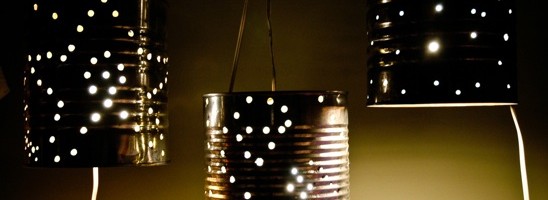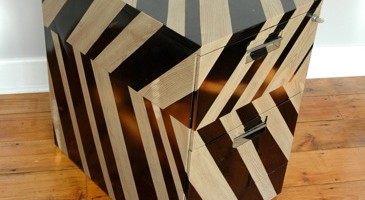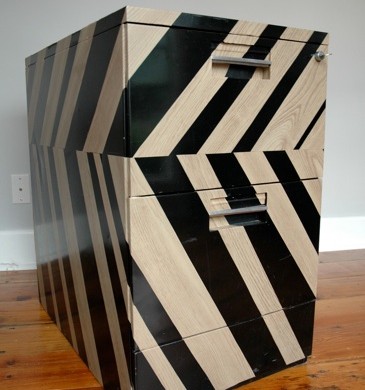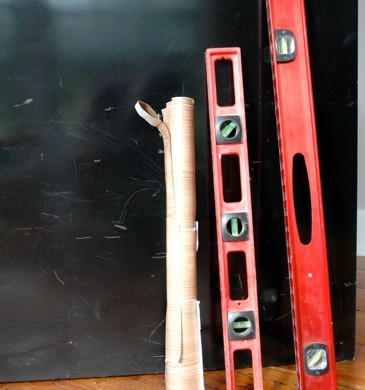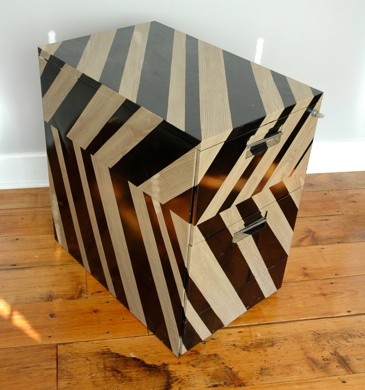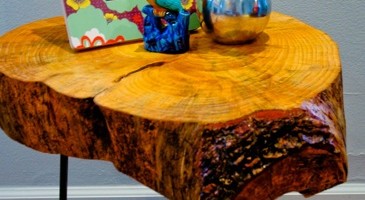Vintage Apron Skirt for the Sassy Girl
When life (Grandma) gave me aprons-lots of aprons…
I decided to make a skirt!
And I also believe that my stack of aprons are pro-creating with my original four. I keep finding more. Creepy.
I decided something must be done.
And this skirt popped in my crazy brain while I was sawing today.
This is super easy to make! And because it is a one of a kind, you will never be bummed at another church picnic because you are wearing the same exact thing Sister Susie is wearing.
Oh, isn’t that just the worst?

Here’s what you’ll need:
Iron & & Ironing Board
Scissors
Tape Measure
Seam Ripper
Straight Pins (although mine are a bit curvy)
Thread to match
Three aprons of similar length
Button Covers (if desired), or buttons-cute ones, please!

I chose these three adorable aprons because of the different patterns-gingham, stripes and floral print.
And they were pretty much the same length, too.
I decided that stripey would be my front of the skirt (the apron on the right), floral would go underneath the front as an accent (the apron on the left) and gingham (center apron) would be the back of the skirt.

Using a seam ripper, remove any pockets on the aprons that will be on the back of your skirt or is the accent pattern on your skirt.
Try not to poke your finger. Ouch.

Next, cut the apron strings (tee hee) from the aprons that will be the back of the skirt and the accent pattern. Keep these little suckers for later.

Make sure your apron is good and wrinkly.
Next, measure the center of the apron that will be the front of your skirt. Cut from the bottom of your apron towards the top, stopping at where the waist band is.

After you have made your cut, flip your front over and iron a seam allowance of about 1/4”.

Pin the apron strings that you had cut off of your accent pattern apron to the front of your skirt. Fold a 1/4” under for your seam and iron the strings into place.
Sew your strings to the front of your skirt.

Place the front of your skirt right side down. Center and pin to it, with the right side down, the accent pattern apron. Sew into place.

This is how the front of your skirt should look by now. See the peekaboo accent pattern? Isn’t it precious?
Moving on.

On the right side of the skirt, pin the front of your skirt to the back of your skirt, using a 2” seam allowance. Place a pin 4” below the waistband.
Sew into place, stopping at the 4” pin. Slip on your almost done skirt and pin the left side into place, top to bottom.

Sew from the bottom to the top on the left side of your skirt.

I made my own buttons using the material leftover from the apron strings. But you can use any ol button your heart desires. I made one real button hole on the right side and attached a matching button on the left side of the skirt, just to bring symmetry to the situation.
I also added a hook and eye on my right side, for more concealing power. But you can use a second button, or forgo the whole button thing and throw in a zipper.
Get crazy! I dare ya!

And here’s the finished front of the skirt, once more. Isn’t it cute, sassy and vintage all rolled into one? I think so, and I think I will wear it tomorrow night.
And below is my backside.

My very wrinkly backside. Please ignore the fact that I did not iron this apron. I wanted cheddar whales, hubby and a little snuggle time.
Let me know if you make an Apron Skirt. I would love to see it!

